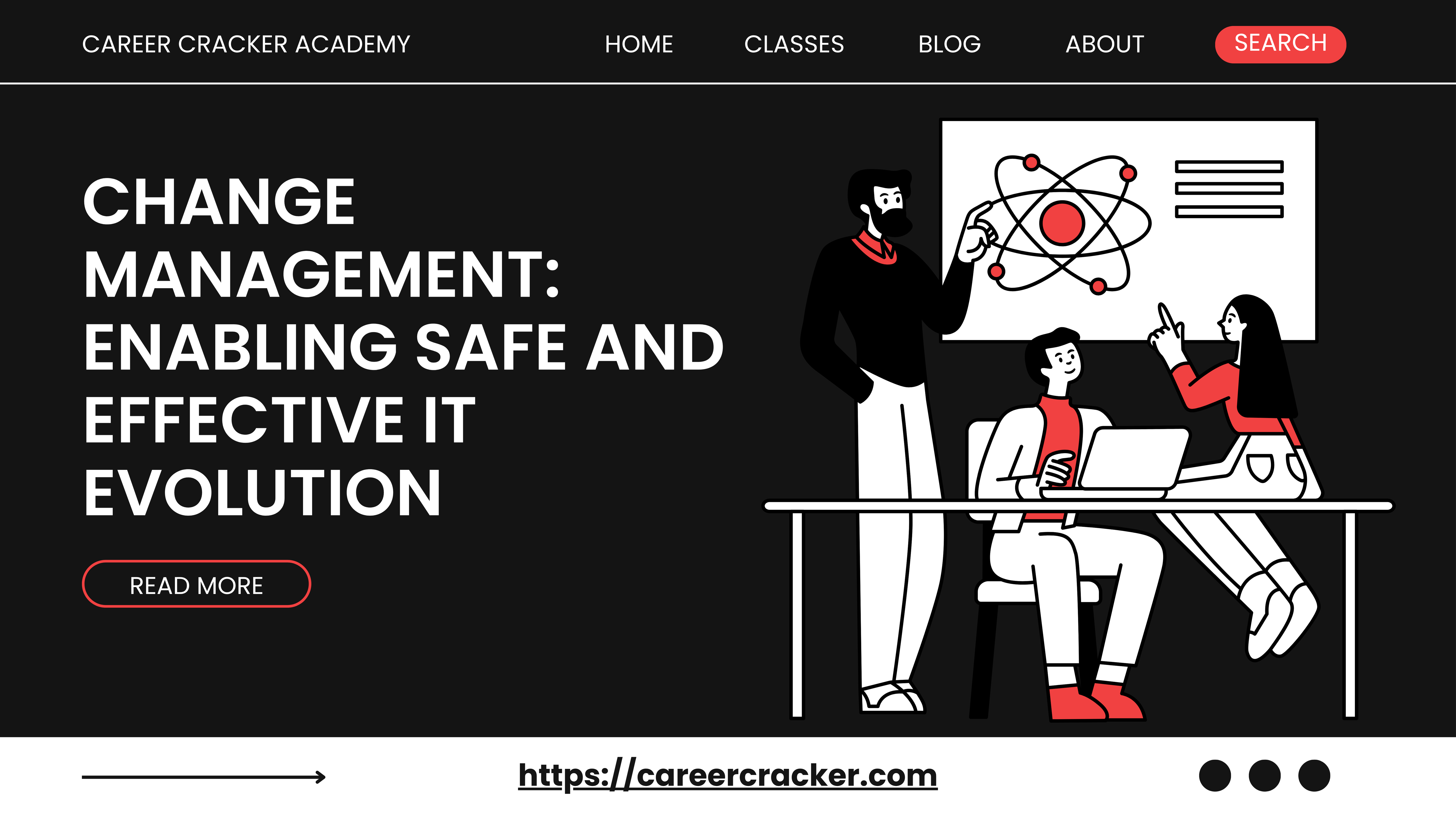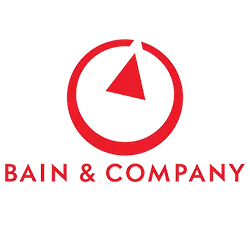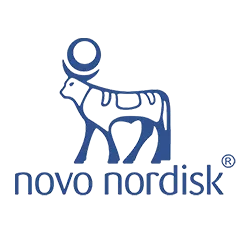
Change Management: Enabling Safe and Effective IT Evolution
Introduction
In fast-moving IT environments, change is constant—driven by innovation, compliance, or performance needs. Without proper controls, changes can disrupt services, reduce stability, and harm user trust. ITIL-based Change Managementoffers a structured process to assess, approve, and implement changes while minimizing risk and maximizing value.
1. Define a Clear Change Management Policy
-
Outline objectives, scope, and roles—establishing what qualifies as a change and why structured control is needed.
-
Align the policy with your organization’s risk appetite and compliance needs.
-
Ensure the policy is well-communicated across all teams and enforced consistently.
2. Classify and Tailor Processes for Each Change Type
-
Categorize changes into Standard, Normal, Major, or Emergency, based on impact and urgency.
-
Set simple workflows for low-risk, repeatable changes.
-
Apply detailed assessments and Change Advisory Board (CAB) reviews for high-impact or high-risk changes.
3. Integrate Change into Value Streams
-
Embed Change Management early in project planning and development pipelines—don’t treat it as an afterthought.
-
Adjust approval rigor based on delivery model: automated for DevOps flows, structured for traditional deployments.
-
Align change windows with business schedules to minimize disruption.
4. Establish Roles, Responsibilities, and Governance
-
Change Manager: Oversees the full process, ensures compliance, and handles escalations.
-
Change Authority: May be an individual or group (like a CAB) responsible for approval decisions.
-
Ensure CAB membership includes representation from infrastructure, applications, business, and security teams for balanced decision-making.
5. Streamline Review and Approval
-
Use initial screenings to reject incomplete, duplicate, or out-of-scope changes.
-
Apply pre-approval and fast-track routes for standard changes with proven low risk.
-
Minimize delays by assigning clear timelines and escalation paths for pending approvals.
6. Use Data-Driven Risk Assessment and Metrics
-
Monitor change success/failure rates, incident correlation, and deployment metrics to assess risk.
-
Promote standard changes that consistently succeed and reduce unnecessary approvals for them.
-
Use historical data to evaluate risk levels and assign change categories appropriately.
7. Communicate Clearly and Widely
-
Notify stakeholders, users, and support teams of upcoming changes well in advance.
-
Include timing, potential impact, affected services, and rollback plans in communications.
-
Use dashboards or portals to provide real-time visibility into planned, in-progress, and completed changes.
8. Implement Changes with Contingency Planning
-
Always include detailed rollback procedures in the change record.
-
Conduct dry runs or simulations for high-impact changes when feasible.
-
Coordinate implementation across impacted teams, ensuring readiness and minimal disruption.
9. Conduct Post-Implementation Reviews
-
Evaluate whether the change met its objectives, remained within scope, and introduced no unexpected issues.
-
Identify what worked, what didn’t, and what could be improved.
-
Feed lessons learned into future change planning and training.
10. Automate for Speed and Reliability
-
Automate low-risk, repetitive changes to reduce human error and speed up delivery.
-
Integrate change tools with incident, problem, release, and configuration management systems to reduce duplication of work.
-
Use templates, approval rules, and risk scoring algorithms to simplify decision-making.
ITIL Change Management Lifecycle Overview
|
Phase |
Key Activities |
|---|---|
|
Request for Change (RFC) |
Capture proposal with rationale, CI impact, risk, and schedule details |
|
Classification & Assessment |
Categorize change type, assess risks and benefits, and assign ownership |
|
Authorization & Scheduling |
Review by Change Authority or CAB, verify readiness for implementation |
|
Implementation |
Execute changes according to plan, monitor progress, and apply rollback if needed |
|
Review & Closure |
Conduct post-implementation review, capture lessons, and formally close request |
Benefits of a Robust Change Management Process
-
Reduces risk of change-related incidents and service disruptions.
-
Improves visibility and control over IT operations.
-
Supports compliance by providing documented evidence of evaluations and decisions.
-
Enables agility by allowing fast-track paths for safe, repeatable changes.
-
Enhances collaboration among technical, business, and governance teams.
Best Practices Summary
-
Establish and enforce a formal change policy.
-
Use classification and risk-based workflows tailored to change types.
-
Integrate with development, release, and operations workflows.
-
Ensure well-defined roles and effective governance through CAB and Change Manager.
-
Use data to refine change categories, assess risk, and monitor outcomes.
-
Communicate proactively across teams and stakeholders.
-
Automate safe changes and review each change’s effectiveness.
Conclusion
Effective Change Management is not just about control—it’s about enabling change safely, predictably, and collaboratively. ITIL-aligned change practices ensure that innovation and agility can thrive without compromising reliability or user experience. With clearly defined roles, streamlined approvals, data-informed decisions, and ongoing improvement, Change Management becomes a core driver of IT and business success.
Hiring Partners










































